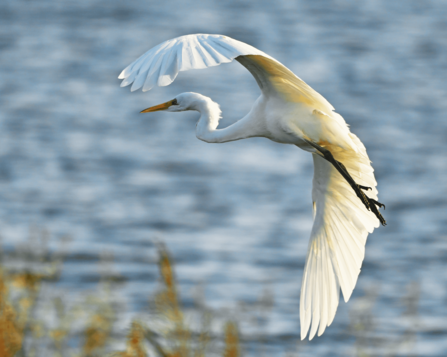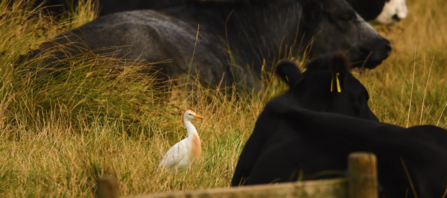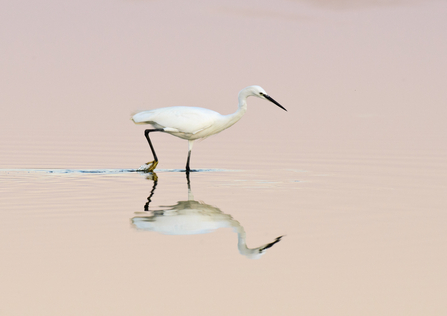I remember the first time I saw a little egret.
It was the early 1990s and I had just reached the age where I could start volunteering at a nature reserve in Carmarthenshire. These mysterious white heron-like birds stood out against the dark backdrop of saltmarsh on the Burry Inlet, making them easy to spot without binoculars, and their numbers steadily increased each year.
Even back then, we were discussing locally how the arrival of little egrets was a sign that our climate was changing. Formerly a Mediterranean bird, little egrets started to become a regular occurrence across the south coasts of Wales and England and became a UK breeding bird by 1996.
Little egrets will often be found with the much taller grey heron, and the two species frequently nest in the same areas. Their population continues to grow and expand further north, in contrast to their fortunes in the nineteenth century when they were hunted for their long neck feathers. These wetland birds feed on fish, invertebrates, amphibians, and, occasionally, small mammals.




